We put the Oppo Find X5 Lite through our rigorous DXOMARK Audio test suite to measure its performance both at recording sound using its built-in microphones, and at playing audio back through its speakers.
In this review, we will break down how it fared in a variety of tests and several common use cases.
Overview
Key audio specifications include:
- Bottom side-firing speaker
- 3.5mm jack
- Noise reduction
- Dirac technology
Scoring
Sub-scores and attributes included in the calculations of the global score.

Oppo Find X5 Lite


 181st
181st 30th
30thPlayback
Pros
- Performance stays consistent across all volume steps
- Decent loudness at maximum volume
Cons
- Tonal Balance is high mid centric
- Poor performance in Dynamics
- Mono device
Recording
Pros
- Pleasant tonal balance with memo app
- Decent dynamics performance in most use cases
- Good localizability and wideness, very good distance rendition
Cons
- Too much lower treble, which gets especially distorted at higher volume
- Lack of lower content in all use cases
- Recording loudness is on average side
- Microphones are easily occluded
The Oppo Find X5 Lite is the lowest priced device in the X5 line, and the specifications reflect that, including the fact that it’s a mono (one-speaker) smartphone. With a global score of 56, the X5 Lite is among the lowest scoring devices in our High-End price segment, though it did surpass the 53 earned by its brand sibling, the Oppo Find X3 Lite. In playback, the X5 Lite was hampered having only one speaker, which affects its performance in more than one attribute. While functional and sufficiently loud, the X5 Lite has a high-mid centric tonal balance and performs particularly poorly in the dynamics attribute. When it comes to recording, this Oppo smartphone does much better, with a decent tonal balance and consistently good performance in the dynamics and spatial attributes.
Test summary
About DXOMARK Audio tests: For scoring and analysis in our smartphone audio reviews, DXOMARK engineers perform a variety of objective tests and undertake more than 20 hours of perceptual evaluation under controlled lab conditions.
(For more details about our Playback protocol, click here; for more details about our Recording protocol, click here.)
The following section gathers key elements of our exhaustive tests and analyses performed in DXOMARK laboratories. Detailed performance evaluations under the form of reports are available upon request. Do not hesitate to contact us.
Playback
Oppo Find X5 Lite
163
DXOMARK engineers test playback through the smartphone speakers, whose performance is evaluated in our labs and in real-life conditions, using default apps and settings.
In playback, the Oppo Find X5 Lite suffers from having only one speaker, among other issues. Its score here, a 51, puts it near the bottom of the table at this price point, just one point ahead of the X3 Lite. Tonal balance, while not unpleasant, lacks bass strength, low-end extension, brilliance and low midrange. It results in an uneven sonority as it is overly focused on high-midrange. Treble is muffled, with uninspired brightness and high-end extension. Bringing up the volume produces some changes in emphasis (more aggressive lower treble and high midrange) but not quality. Despite the emphasis on high-midrange, the sound is not particularly clear. Low-end and bass are largely missing in action, resulting in a thin sonority. The X5 Lite performed poorly in dynamics. At nominal and maximum volumes, attack is limited and compression crushes transients. Bass precision is impaired by the imprecise attack in the low-end. Punch is weak at all volumes because of the lack of low-mid energy. Because this Oppo smartphone is a mono device, it had a lackluster showing in the spatial attribute, with zero wideness and blurry localizability. As for volume, loudness at the maximum step is actually decent. The minimum volume step, however, is not properly tuned. Highly dynamic content, such as classical music, is not always audible. In the artifacts attribute, the X5 Lite shows severe distortion at maximum volume on some test tracks. Some slight volume jumps occur when pressing play on a track after pausing. It is easy to block the one speaker here if you’re not careful about how you hold the X5 Lite while gaming.
Listen to the tested smartphone’s playback performance in this comparison with some of its competitors:
Here is how the Oppo Find X5 Lite performs in playback use cases compared to its competitors:

Timbre
Oppo Find X5 Lite
158
The Timbre score represents how well a phone reproduces sound across the audible tonal range and takes into account bass, midrange, treble, tonal balance, and volume dependency. It is the most important attribute for playback.

Dynamics
Oppo Find X5 Lite
149
The Dynamics score measures the accuracy of changes in the energy level of sound sources, for example how precisely a bass note is reproduced or the impact sound from drums.
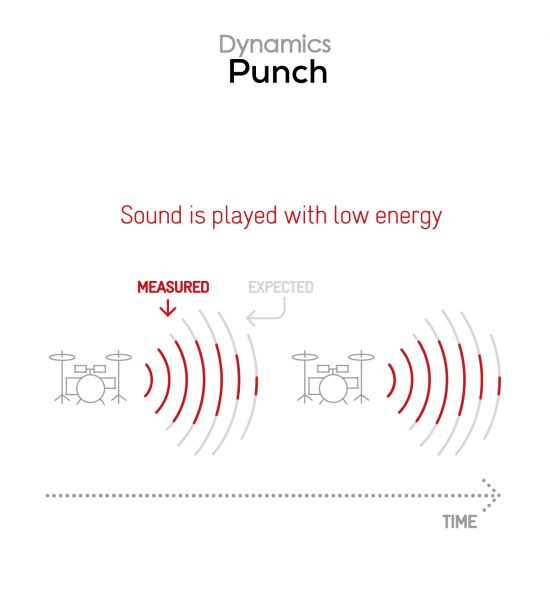
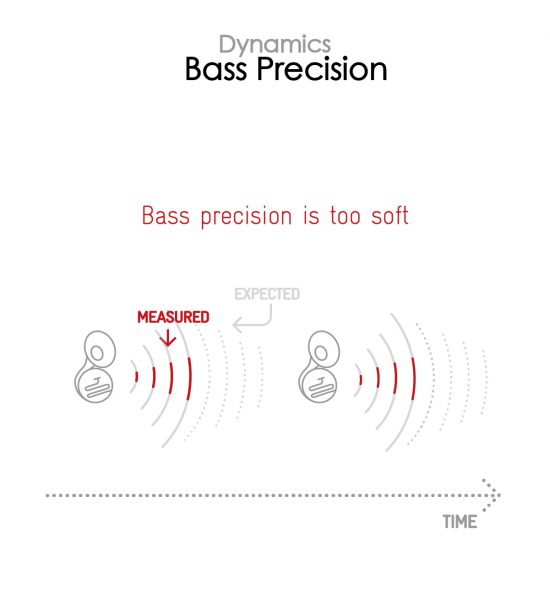

Spatial
Oppo Find X5 Lite
162
The sub-attributes for spatial tests include pinpointing a specific sound's location, its positional balance, distance, and wideness.
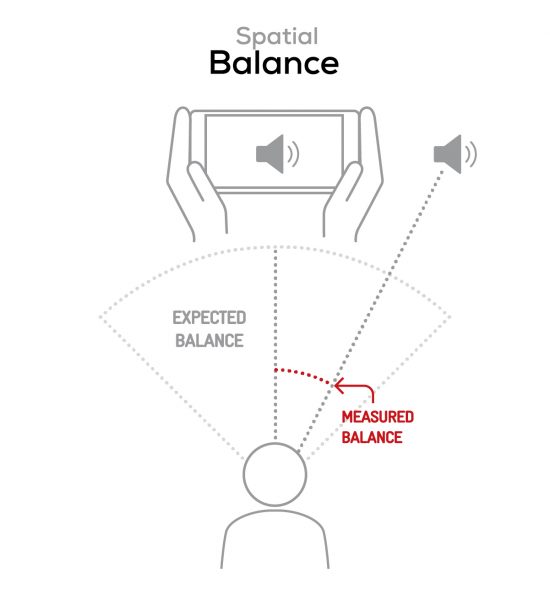
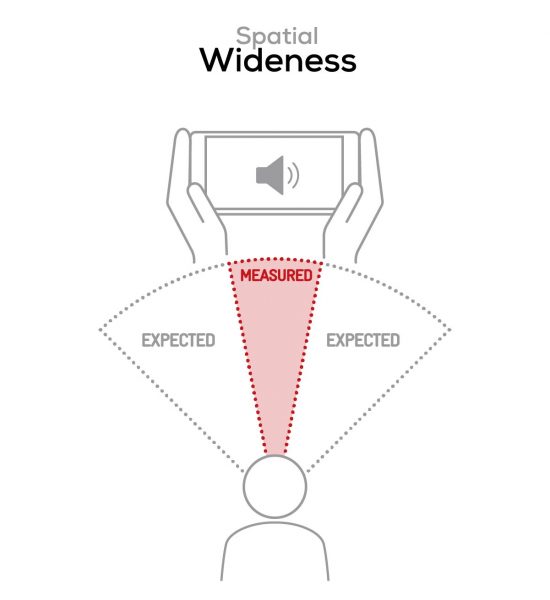

Volume
Oppo Find X5 Lite
162
The Volume score represents the overall loudness of a smartphone and how smoothly volume increases and decreases based on user input.
| Hip-Hop | Classical | |
| Oppo Find X5 Lite | 70.5 dBA | 70.6 dBA |
| Oppo Find X3 Lite | 70.6 dBA | 69 dBA |
| Realme GT Neo 2 5G | 76.3 dBA | 70.6 dBA |

Artifacts
Oppo Find X5 Lite
157
The Artifacts score measures the extent to which the sound is affected by various types of distortion. The higher the score, the less the disturbances in the sound are noticeable. Distortion can occur because of sound processing in the device and because of the quality of the speakers.
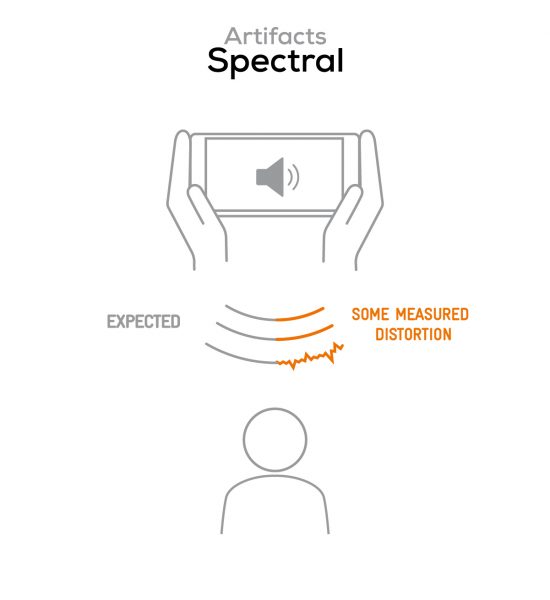
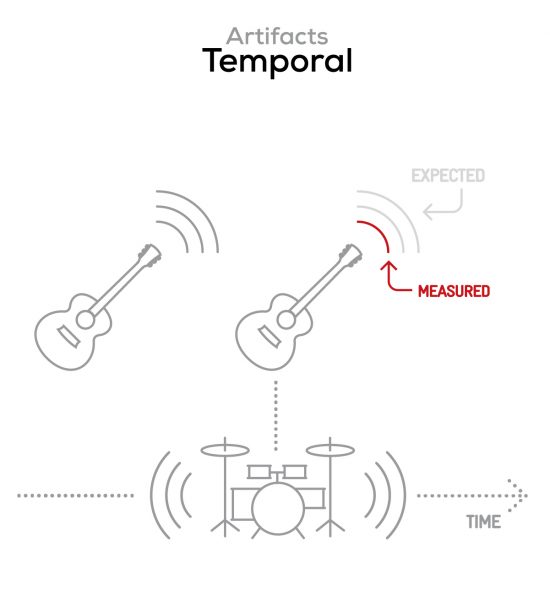
Recording
Oppo Find X5 Lite
160
DXOMARK engineers test recording by evaluating the recorded files on reference audio equipment. Those recordings are done in our labs and in real-life conditions, using default apps and settings.
As a recording device, the Oppo Find X5 Lite is on firmer ground, with a score (69) that is above average among its peers in this price group. The timbre performance is decent in most use cases, and it was most certainly better with the recorder app, where recordings sound virtually the same as the device’s bigger brother the Find X5 Pro. There is some inconsistency between use cases, however. Tonal balance is a bit thin in general, with a nice focus on intelligibility and upper content clarity, but overall it lacks warmth in low midrange, as well as bass. The lower treble brings clarity to vocal content in the selfie and memo app use cases, but in life video that treble boost tends to induce some harshness and dulls the brilliance, which is already less than ideal across use cases. Performance in dynamics is solid. In most use cases, the envelope is accurately rendered, regardless of the app being used, even though plosives could sound a bit sharper. In the electronic music concert use case, severe treble distortion and light compression dull the attack and diminish the accuracy of envelope rendition. Signal-to-noise ratio (SNR) is about average, on par with the Find X5 or the Find X5 Pro. There doesn’t seem to be any background noise reduction at all, although the upper content clarity in tonal balance helps vocal content rise above. In the spatial attribute, the X5 Lite benefits from a surprisingly good localizability of sound sources in its recordings, even in selfie video, which is rare. Voices are distinct from each other, helped by an appreciable wideness, which is especially good in life video. Distance rendition is very good. Loudness is slightly above average in recordings made by the X5 Lite. Objective measurements show moderate distortion on most of the sound spectrim at high SPL, but treble is quickly distorted. In the artifacts attribute, the Oppo smartphone suffers from treble distortion, first and foremost. The issue is even more present in life video recordings when the volume gets loud, whereas selfie videos were mostly free of this distortion. Microphone occlusions were also an issue — the bottom mic can be easily occluded, blocking the signal entirely — if you’re not careful about how you hold the phone. Finger noises on the microphones can get pretty loud, and there doesn’t seem to be noise reduction involved in this case. Background rendition is natural and clear. No background artifacts were noticed.
Here is how the Oppo Find X5 Lite performs in recording use cases compared to its competitors:

Timbre
Oppo Find X5 Lite
147
The Timbre score represents how well a phone captures sounds across the audible tonal range and takes into account bass, midrange, treble, and tonal balance. It is the most important attribute for recording.

Dynamics
Oppo Find X5 Lite
146
The Dynamics score measures the accuracy of changes in the energy level of sound sources, for example how precisely a voice's plosives (the p's, t's and k's, for example) are reproduced. The score also considers the Sound-to-Noise Ratio (SNR), for example how loud the main voice is compared to the background noise.
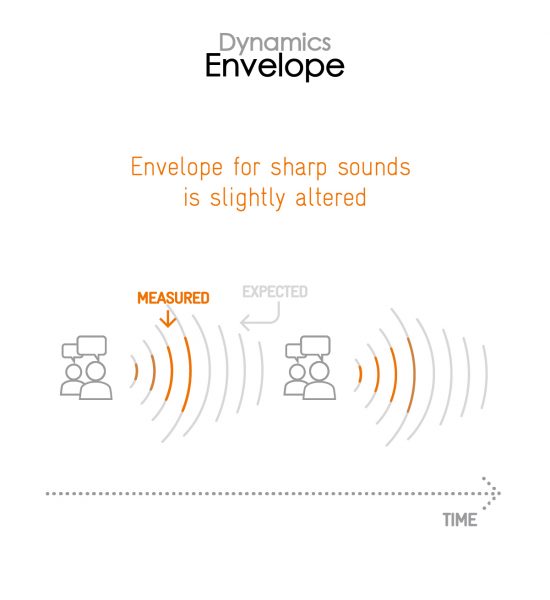
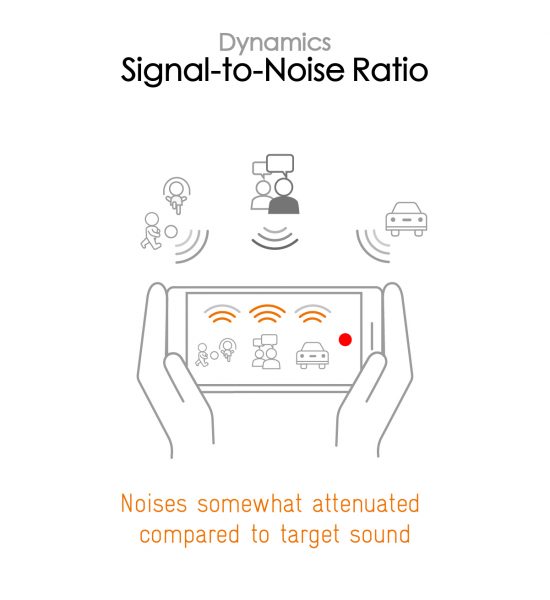

Spatial
Oppo Find X5 Lite
159
The sub-attributes for spatial tests include pinpointing a specific sound's location, its positional balance, distance, and wideness on the recorded audio files.
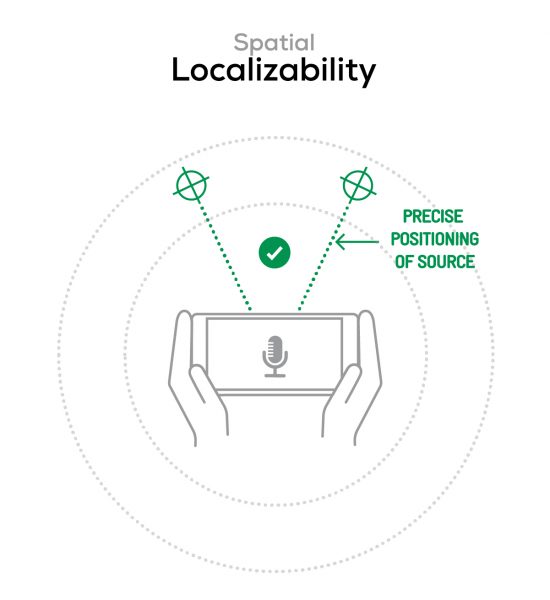
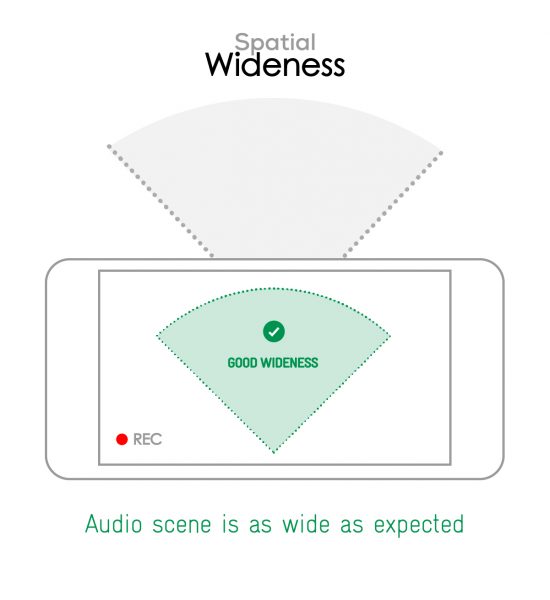

Volume
Oppo Find X5 Lite
170
The Volume score represents how loud audio is normalized on the recorded files and the how the device handles loud environments, such as electronic concerts, when recording.
| Meeting | Life Video | Selfie Video | Memo | |
| Oppo Find X5 Lite | -24.6 LUFS | -18.4 LUFS | -16.8 LUFS | -18.6 LUFS |
| Oppo Find X3 Lite | -28.6 LUFS | -21.4 LUFS | -21.6 LUFS | -21.2 LUFS |
| Realme GT Neo 2 5G | -25.2 LUFS | -22.9 LUFS | -21.8 LUFS | -22.2 LUFS |

Artifacts
Oppo Find X5 Lite
145
The Artifacts score measures the extent to which the recorded sounds are affected by various types of distortions. The higher the score, the less the disturbances in the sound are noticeable. Distortions can occur because of sound processing in the device and the quality of the microphones, as well as user handling, such as how the phone is held.

Background
Oppo Find X5 Lite
166
Background evaluates how natural the various sounds around a voice blend into the video recording file. For example, when recording a speech at an event, the background should not interfere with the main voice, yet it should provide some context of the surroundings.
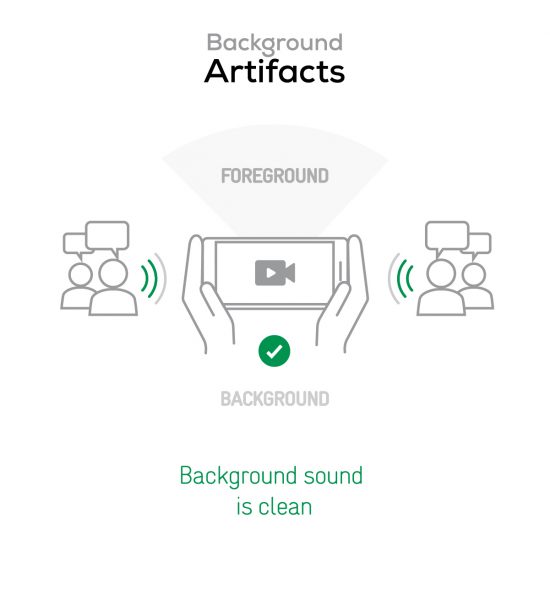
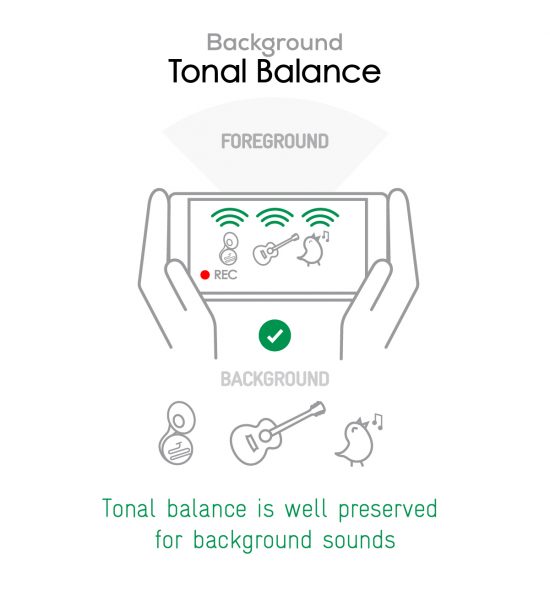



DXOMARK encourages its readers to share comments on the articles. To read or post comments, Disqus cookies are required. Change your Cookies Preferences and read more about our Comment Policy.